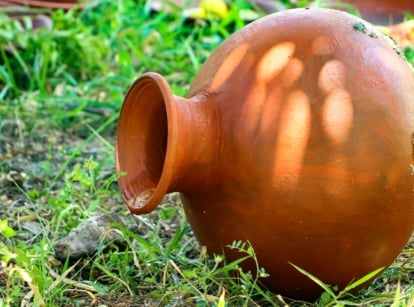Can Native Plants Grow in Pots?
Native plants are stellar additions to the garden, but can they grow in pots? Nurseries advertise natives as fussy, but that is not always true. Gardener Jerad Bryant explores which native plants perform well in pots and which ones fail in containers.
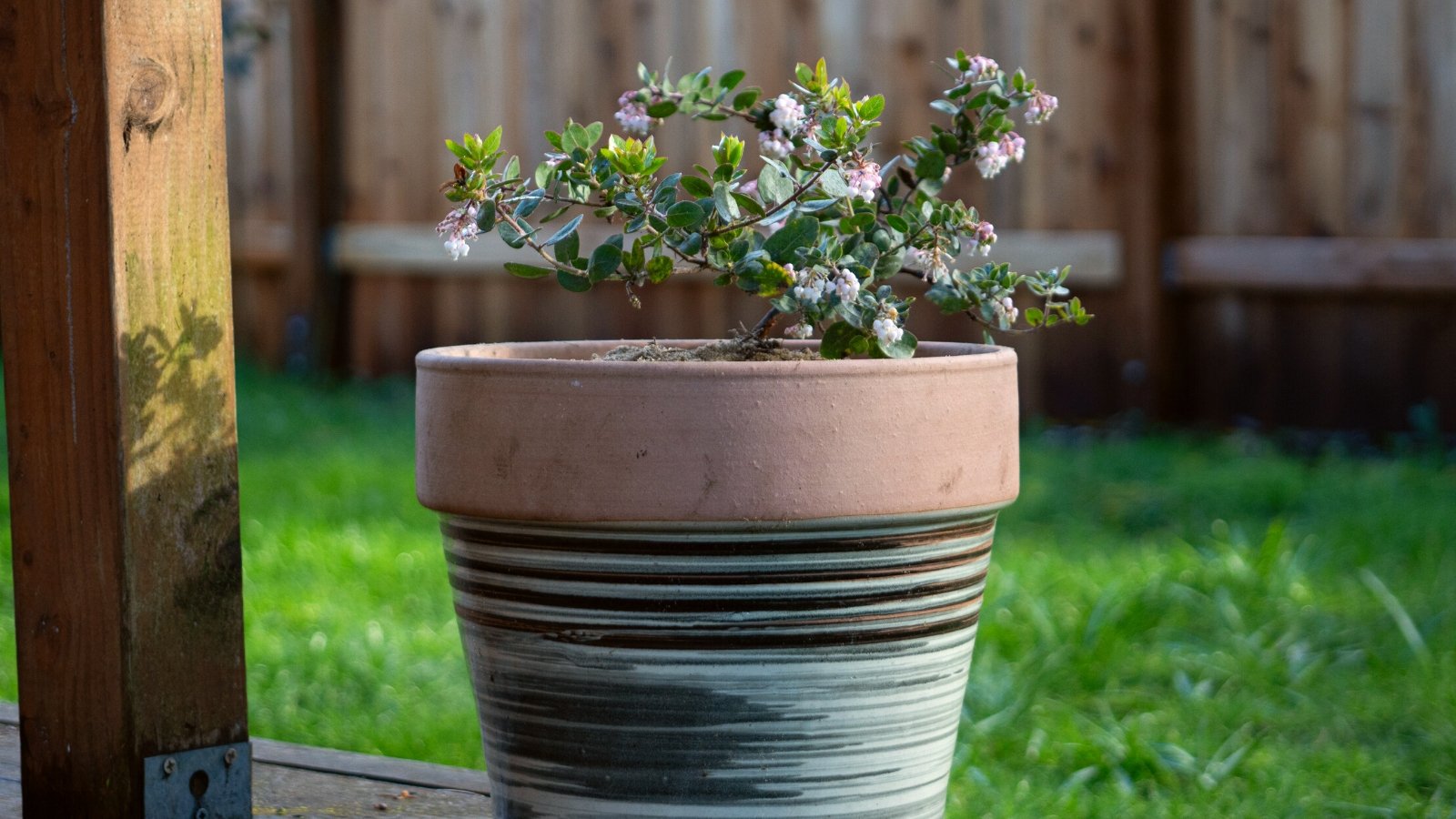
Contents
Want native plants in your yard but lack space? Or, do you like the ease of container gardening and moving plants from place to place? Fear not, as native plants often thrive in containers. Whether a native plant likes a container or not is dependent on its age, form, and growth habits.
Another deciding factor is your area and what plants are native to your area. Depending on your garden zone, different native plants will perform better than others. For example, a gardener in Arizona can grow Agave parryi in a container with ease but will struggle to grow natives from other states in a similar situation.
With a little homework and research, you’ll be planting natives in pots in no time. Read on to discover how to select the best natives for containers in your growing zone.
The Short Answer
Yes! Native plants grow well in containers. Not all native plants perform well in pots, but some do. Generally, the best options for containers are plants that appreciate drainage, have small root systems, and grow slowly. Plants with deep root systems and fast growth rates are not suitable for pots. The best options for any gardener are natives that grow in your local environment.
The Long Answer
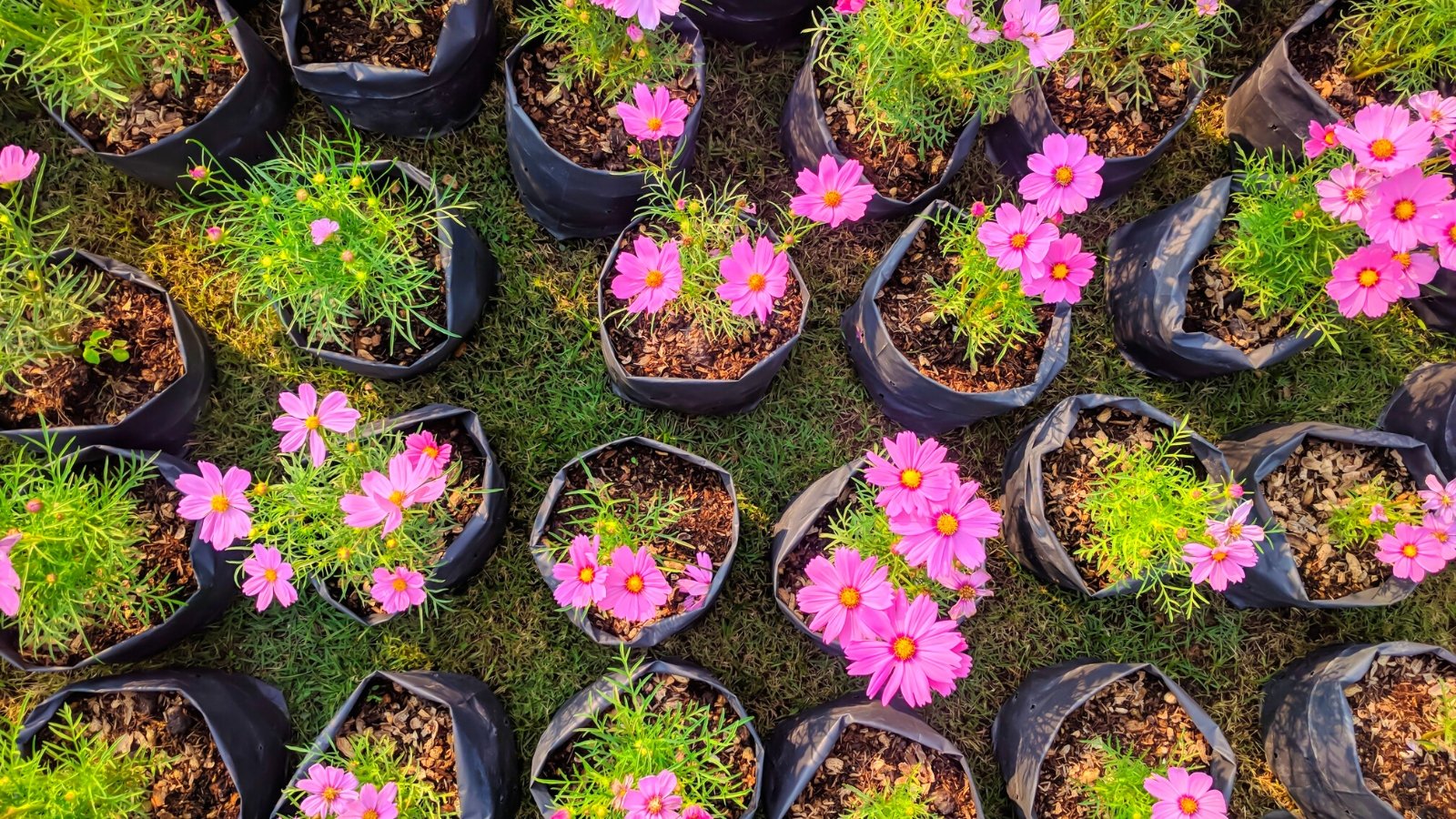
All plants can grow in containers for a time! In nursery settings, professionals grow plants in containers before selling them to the public. Then, when they reach maturity, gardeners transplant them into their yard and let them grow big.
Some plants, however, can survive their entire lives in containers. These are the natives that I recommend for container growing. You don’t want to repot your container plants every year, and by choosing a suitable native option, you avoid this annual chore.
Read on to discover natives for containers in your area and learn best care practices for these locally adapted plants.
Which Native Plants Can Grow in Pots?
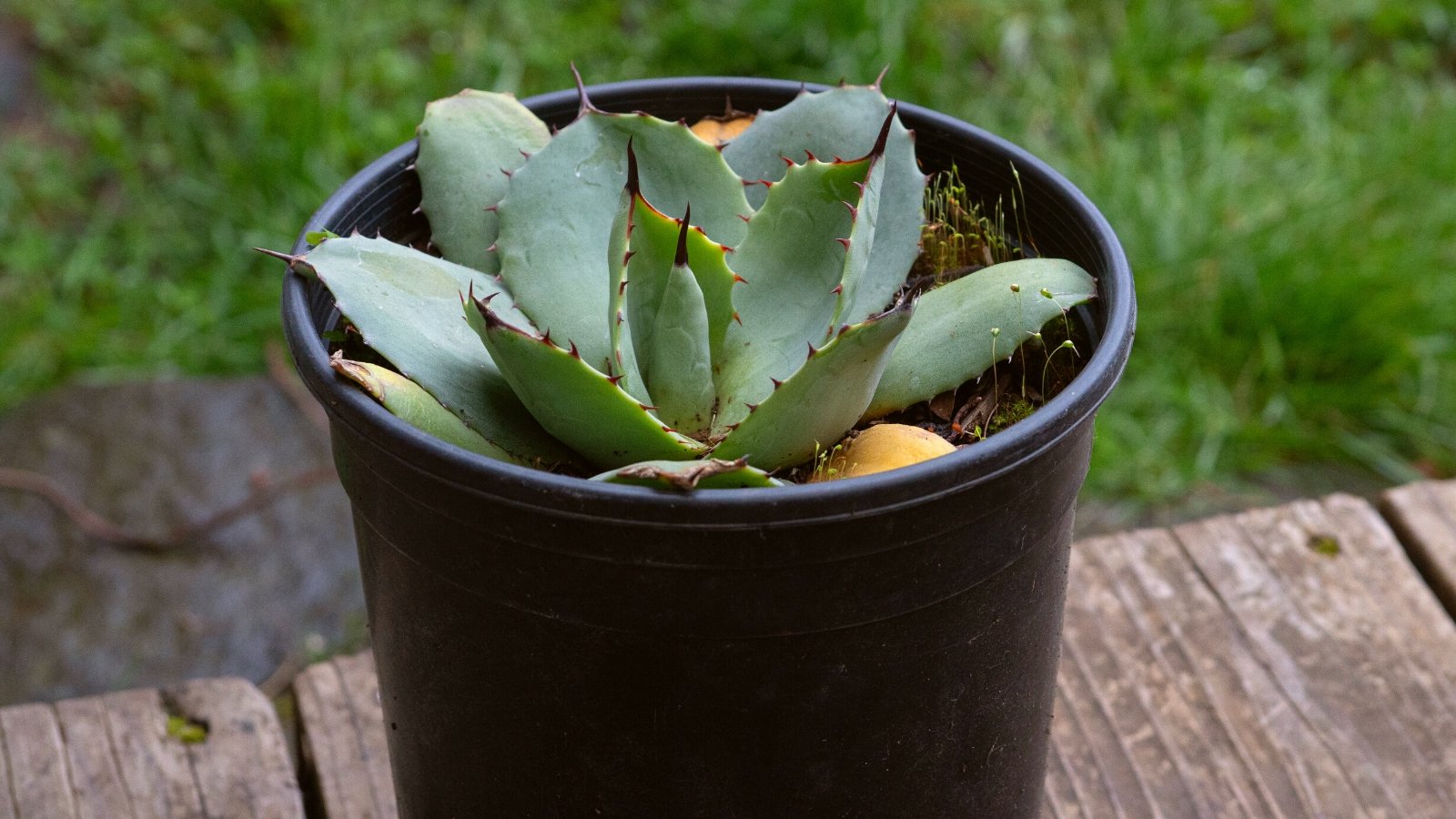
The answer is dependent on your growing zone and local ecosystem. Herbaceous perennials, slow-growing shrubs, and ferns are awesome choices for containers. This quick breakdown offers a few suitable options from these categories for the major regions of the United States.
Native Plants by Region
| Pacific Northwest | Lewisia cotyledon Mahonia species “Oregon grape” (4 native to North America) Polystichum munitum “Western sword fern” Ribes sanguineum “common currant” Tolmiea menziesii “piggyback plant” |
| Southwest | Agave parryi Arctostaphylos species “manzanita” Ceanothus species “California lilac” Eschscholzia californica “California poppy” Agave parryi Arctostaphylos species “manzanita” Ceanothus species “California lilac” Eschscholzia californica “California poppy” Yucca species |
| Midwest | Dryopteris marginalis “wood fern” Echinacea purpurea “purple coneflower” Salvia azurea grandiflora “prairie sage” Symphyotrichum oolentangiense “skyblue aster” Tradescantia species “spiderwort” |
| Northeast | Hydrangea arborescens “smooth hydrangea” Rhododendron viscosum “swamp azalea” Rosa carolina “Carolina rose” Symphyotrichum novae-angliae “New England aster” Vaccinium corymbosum “highbush blueberry” |
| South | Asclepias tuberosa “butterfly weed” Baptisia australis “blue false indigo” Callicarpa americana “beautyberry” Hamelia patens “fire bush” Cephalanthus occidentalis “buttonbush” |
This is a small list, and many other natives grow well in containers. Local plant nurseries sometimes have native plant sections, and they often carry native species that are well-adapted to your area. Not only this, but natives at nurseries are already container-grown!
When nurseries grow plants, they use plastic containers to propagate them. These potted natives have adapted to their pot shape, and they make easy transplanting material for the gardener. Nursery-grown material proves that most plants can be container-grown for a period of their life.
Although all plants can grow in pots while they are young, not all plants can function as such in their adult age. Avoid selecting large trees and shrubs for containers. They quickly outgrow their pots.
The Verdict
Many native plants can grow in pots. At nurseries, look for natives that grow in your local area, as they make better container material than natives from other areas of the United States. Slow-growing shrubs, herbaceous perennials, and ferns are excellent options for pots. Avoid using large trees and shrubs.
How Do I Pot Up Native Plants?
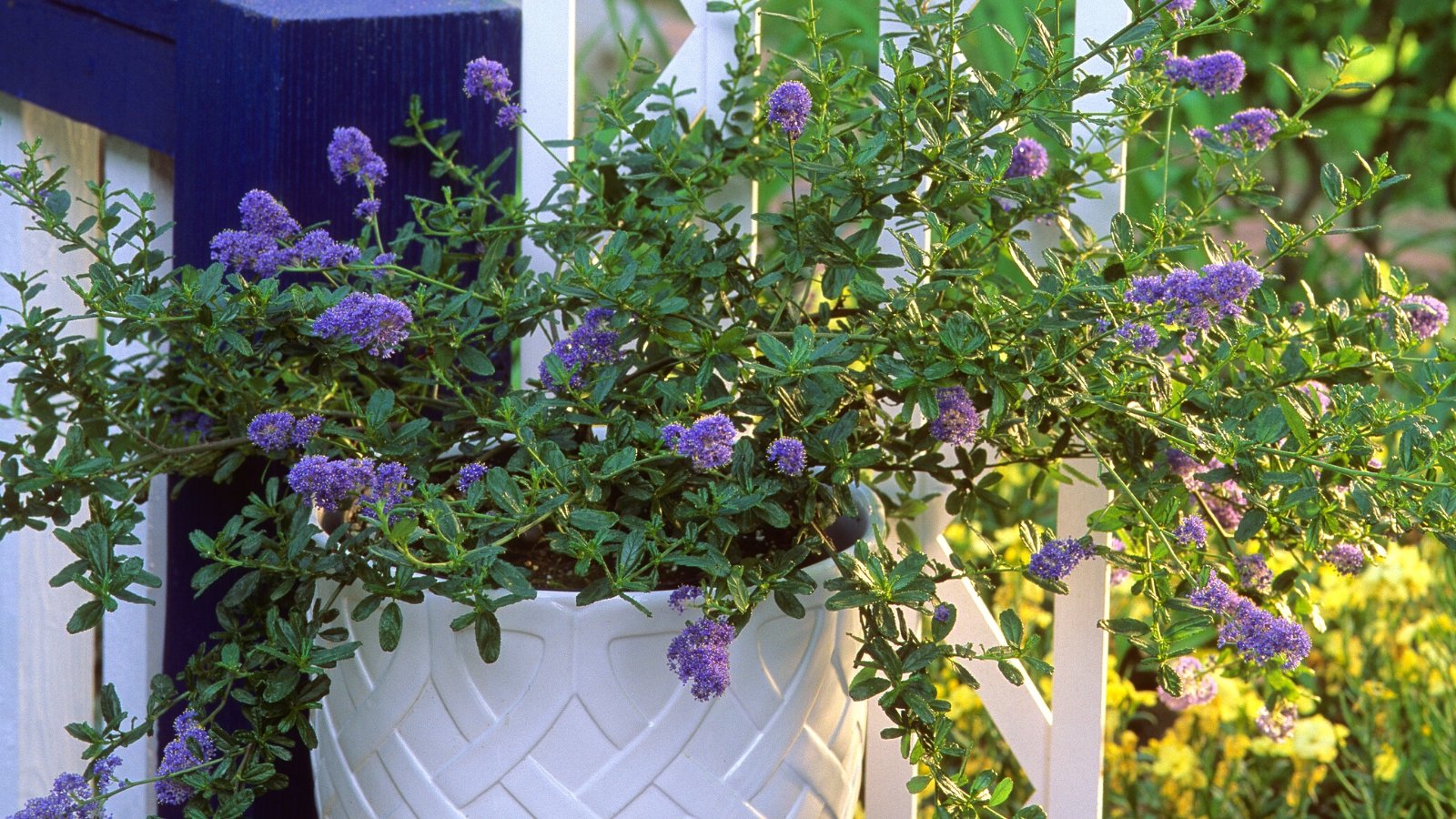
Just like in-ground plants, container-grown specimens require soil, water, and sunlight in varying degrees depending on their habitat of origin. Match the container’s conditions to the plant’s native conditions for optimal growing success.
Shrubs like California lilac are native to dry regions with minimal summer irrigation and some winter irrigation. It needs steep drainage, low irrigation, and a sunny spot to grow well in its container.
A different shrub, the swamp azalea, is native to boggy regions in the eastern U.S. and appreciates slightly acidic soil. It performs well in a water retaining soil with acidic fertilizer mixed in. Swamp azalea also requires a shady spot where it stays cool in the summer.
Best Care Practices
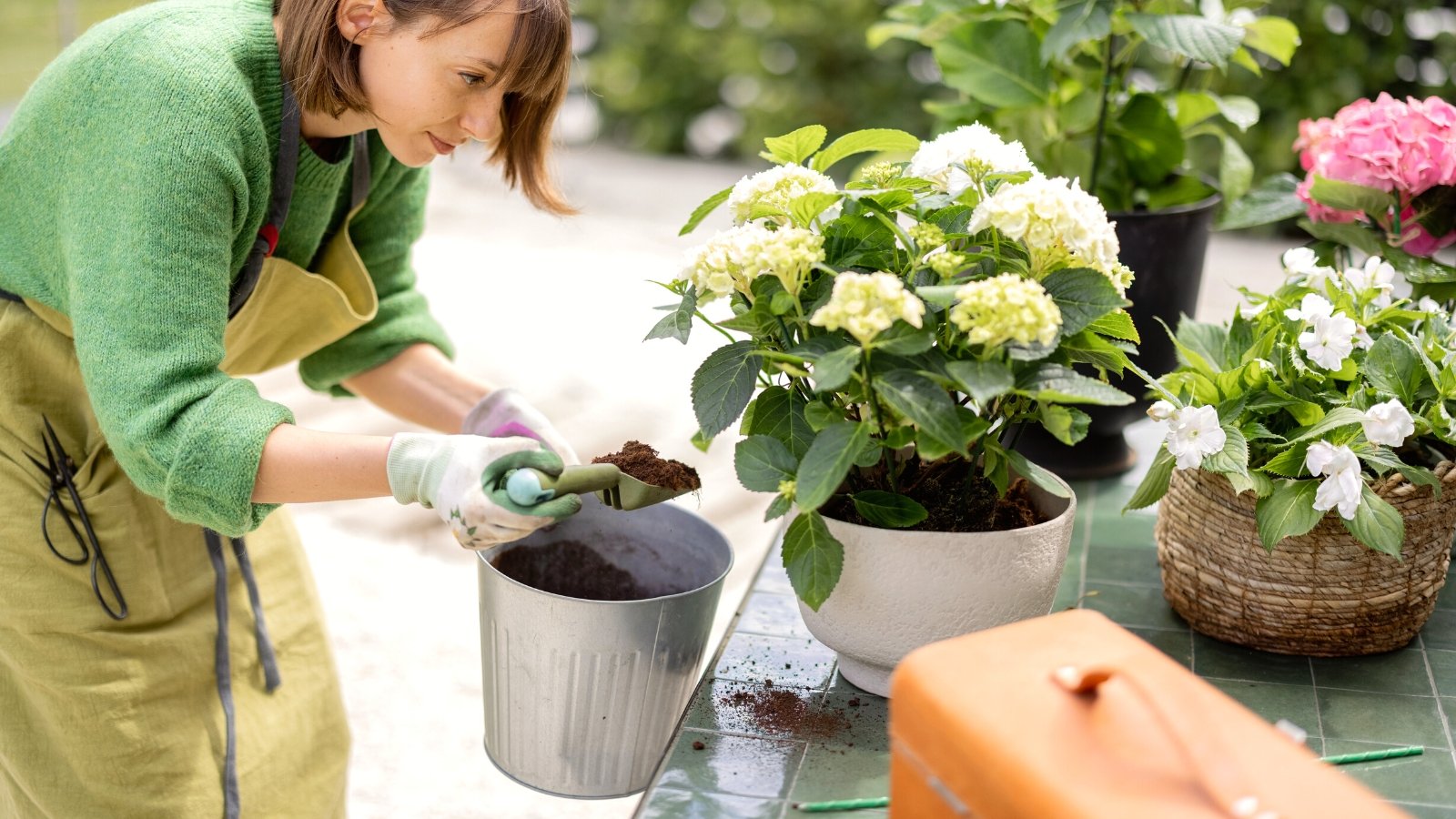
Before transplanting or planting seed, ensure your container’s soil matches your native plant’s preferred soil. Natives of the Southwest will appreciate rocky, sandy soil with steep drainage. Conversely, Pacific Northwest natives often love slightly acidic soil and wet soil.
Be sure to select a container that matches the size of your native. Slow-growing shrubs eventually grow large, and they require larger containers than herbaceous perennials. It is okay to plant a large shrub in a small container. Just know you may have to transplant it into a larger container once it becomes rootbound.
Transplanting is relatively simple. Take your plant out of its pot and loosen the roots at its base. If they have started circling the pot, prune one to two inches of roots off the bottom. This allows new roots that grow to spread out into the container and create a resilient plant.
Water your transplant well, and then follow the best watering practices recommended for the species. Native plants grown in pots are subject to colder winter temperatures and hotter summer temperatures. Avoid sunburn or frost by moving them into a protected area during extreme weather.
The Verdict
Best care for each species is species-dependent. Matching the pot’s conditions to the plant’s preferred wild conditions sets you up for growing success. Desert plants need drainage, bog plants need water, and woodland plants like shade. Mimic the wild in your pot, and your plant will love you!
Can You Grow Natives in Pots From Seed?
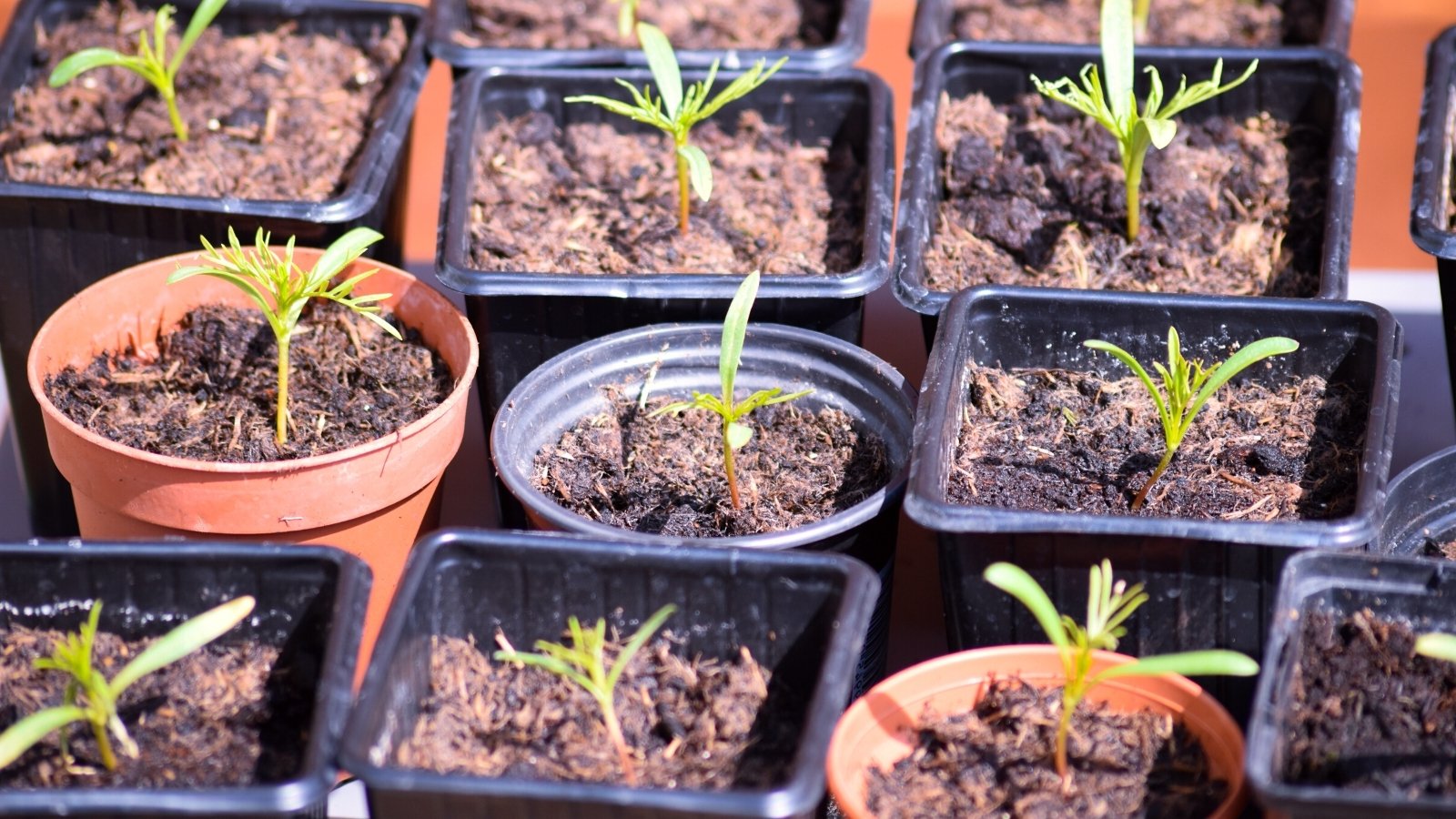
Now, let’s say you don’t have access to native plants at a local nursery. Can you grow natives from seeds in a pot?
Yes, you can grow natives from seeds in containers. Some plants, like ones in the Arctostaphylos genus, require more care than others. The easiest natives to start from seed are wildflowers and annuals. These plants readily sprout from seed in the wild, and so they make excellent container material.
Best Care Practices
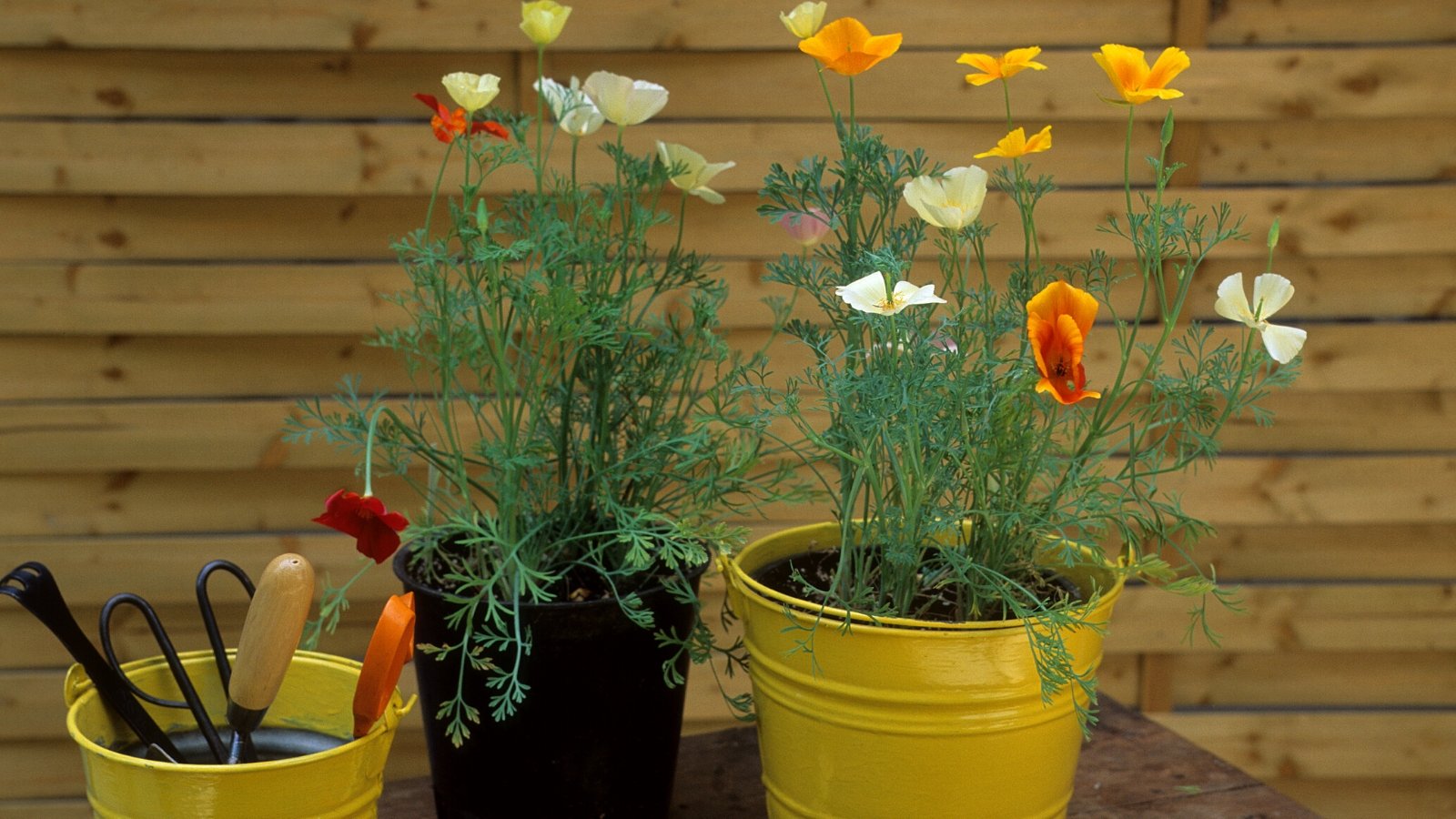
Follow the seed germinating instructions for the native species you chose, and sow seed in the fall or spring. Ensure seedlings stay moist while they are young.
After a few months, your babies grow into adults and make seeds. Let seed pods remain on spent plants so they can resow themselves each year. A prolific self-spreader, California poppy spreads like this and will delight gardeners year after year with its orange blooms.
The Verdict
Many natives grow successfully from seeds in pots. The best choices are wildflowers, annuals, and herbaceous perennials, as they have higher germination success rates. Follow the seed sprouting instructions with your seed of choice for the best results.
Final Thoughts
Container-grown natives are a fun experiment in the garden. Lewisia and Arctostaphylos both grow in pots in my PNW garden, and they love where they’re at! Consider selecting a few native species from your area and try growing them in pots this season. You’ll be pleasantly surprised as they survive and thrive each year.






